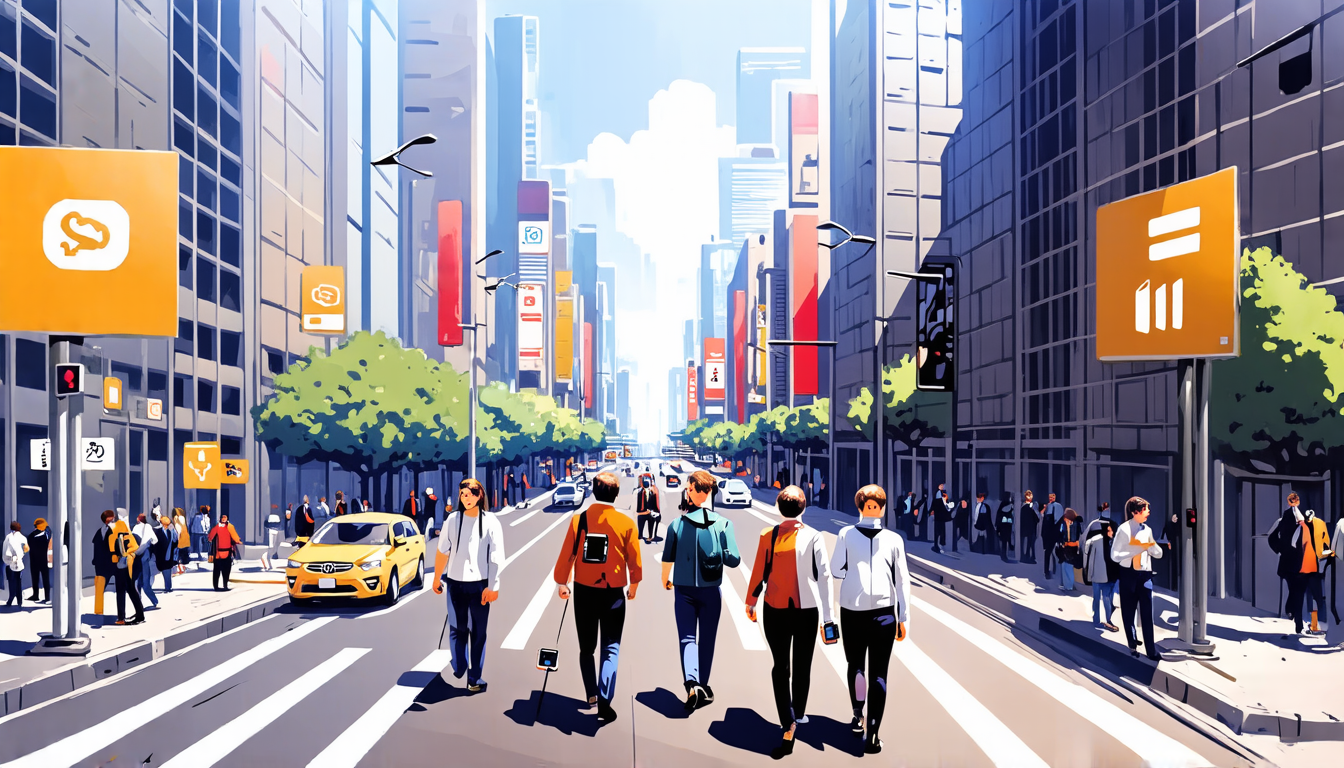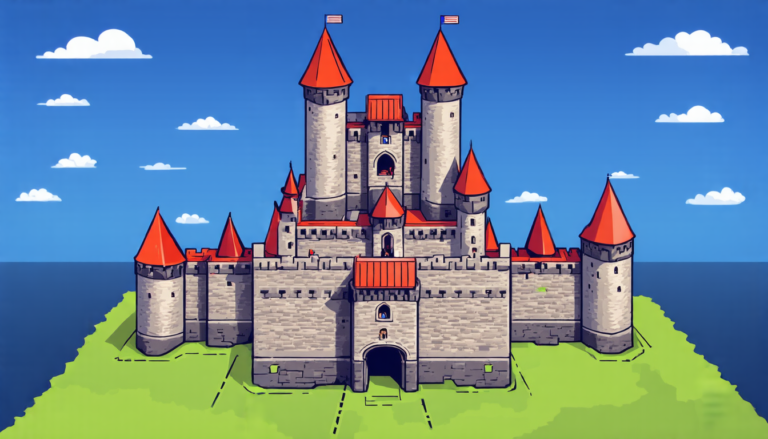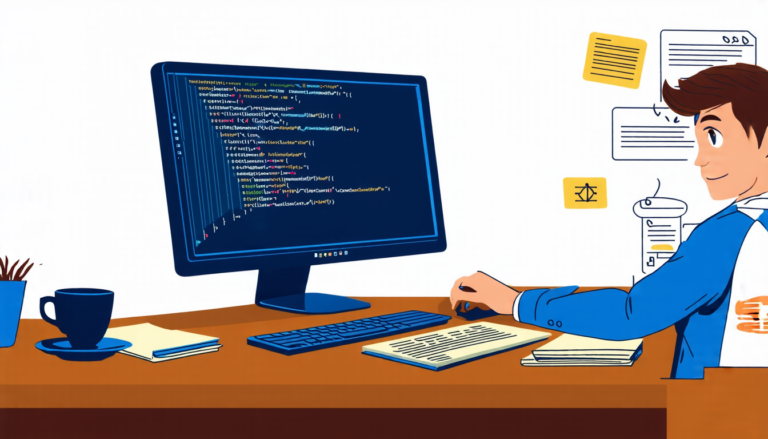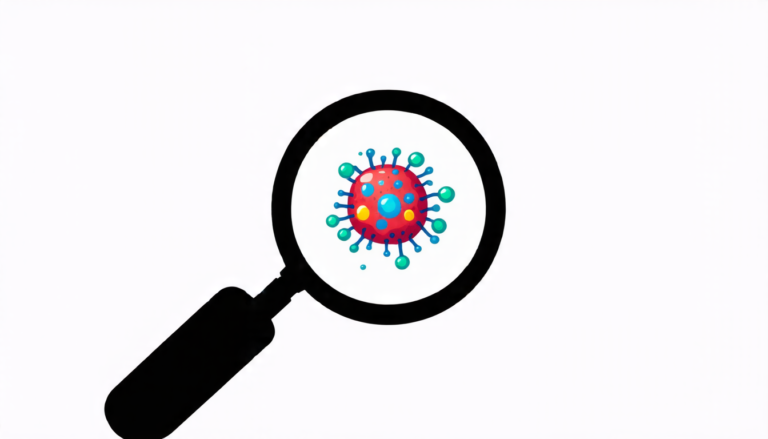Wednesday 16 April 2025
A new way of tracking population movements has been developed, using mobile phone data to estimate the number of people in a given area at any time of day. This technology could have significant implications for urban planning, emergency response, and public health.
The team behind this innovation used data from millions of mobile devices to create a map of hourly population flows across the United States. By analyzing the movement patterns of these phones, they were able to estimate the number of people in different areas at different times of day. This information could be used to optimize urban planning, for example by identifying areas where traffic congestion is most likely to occur.
The researchers also found that this technology could be used to improve emergency response times. By knowing exactly how many people are in a given area, first responders could better plan their routes and resources. This could make a big difference in the event of an emergency like a natural disaster or terrorist attack.
One of the most interesting applications of this technology is in public health. By tracking population movements, researchers could identify areas where people are more likely to be exposed to disease outbreaks. This information could be used to target public health campaigns and vaccination efforts more effectively.
The study was conducted by a team of scientists from Pennsylvania State University, who analyzed data from millions of mobile devices across the United States. They used a combination of machine learning algorithms and statistical models to estimate the hourly population flows in different areas.
The results of the study were impressive, with the researchers able to accurately estimate the number of people in different areas at different times of day. For example, they found that Central Park in New York City was a hotspot for visitors during the daytime hours, while areas near major transportation hubs like airports and train stations saw a surge in activity during rush hour.
This technology has significant implications for our understanding of urban populations and how we can better manage them. By tracking population movements in real-time, cities could make more informed decisions about everything from traffic flow to public health initiatives.
The study’s findings also highlight the potential benefits of using mobile phone data to track population movements. This type of data is already widely available and could be used to improve our understanding of urban populations around the world.
Cite this article: “Unlocking Urban Secrets: A Study on Estimating Hourly Neighborhood Population Using Mobile Phone Data in the United States”, The Science Archive, 2025.
Mobile Phone Data, Population Movement, Urban Planning, Emergency Response, Public Health, Machine Learning, Statistical Models, Natural Disasters, Terrorist Attacks, Disease Outbreaks.







